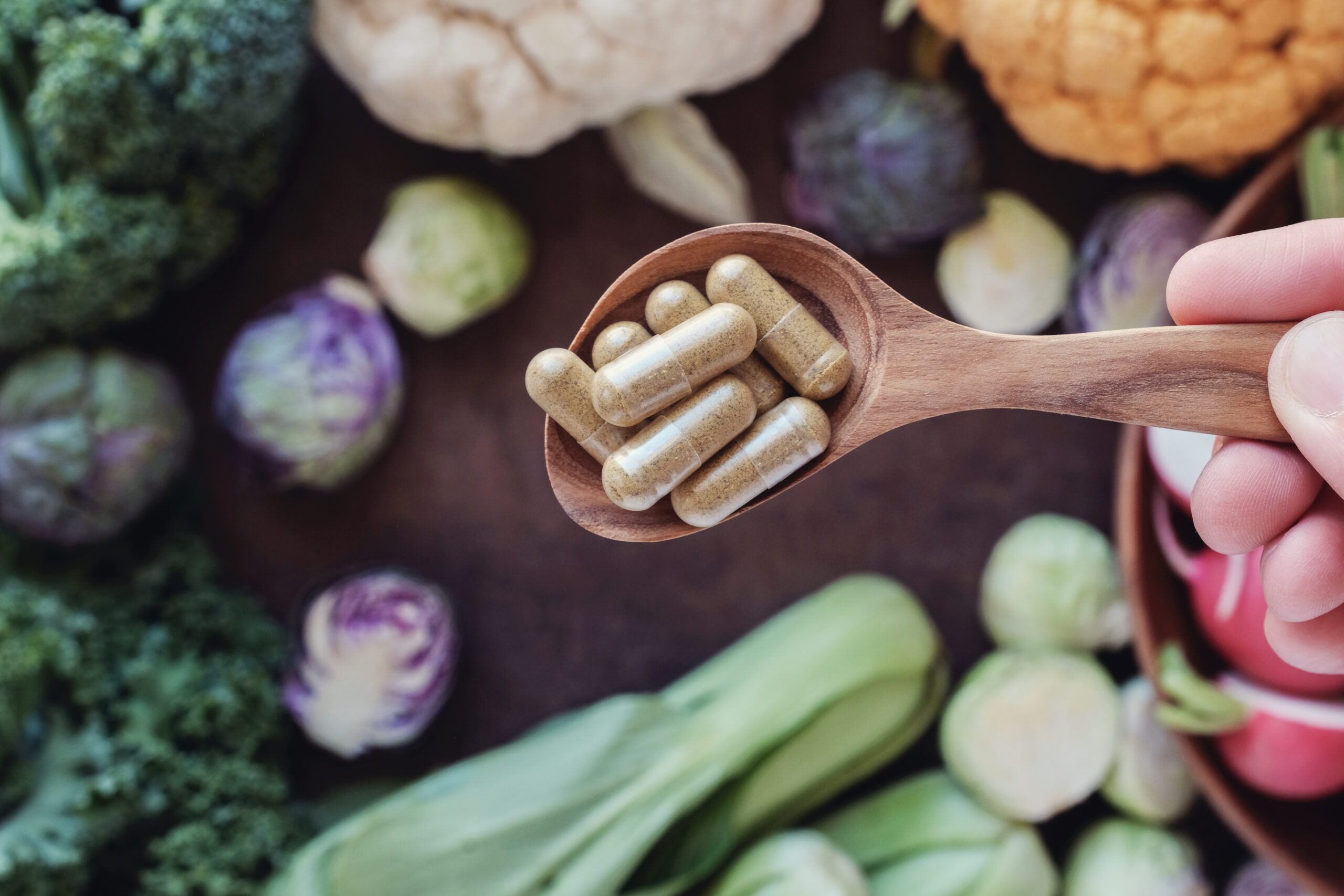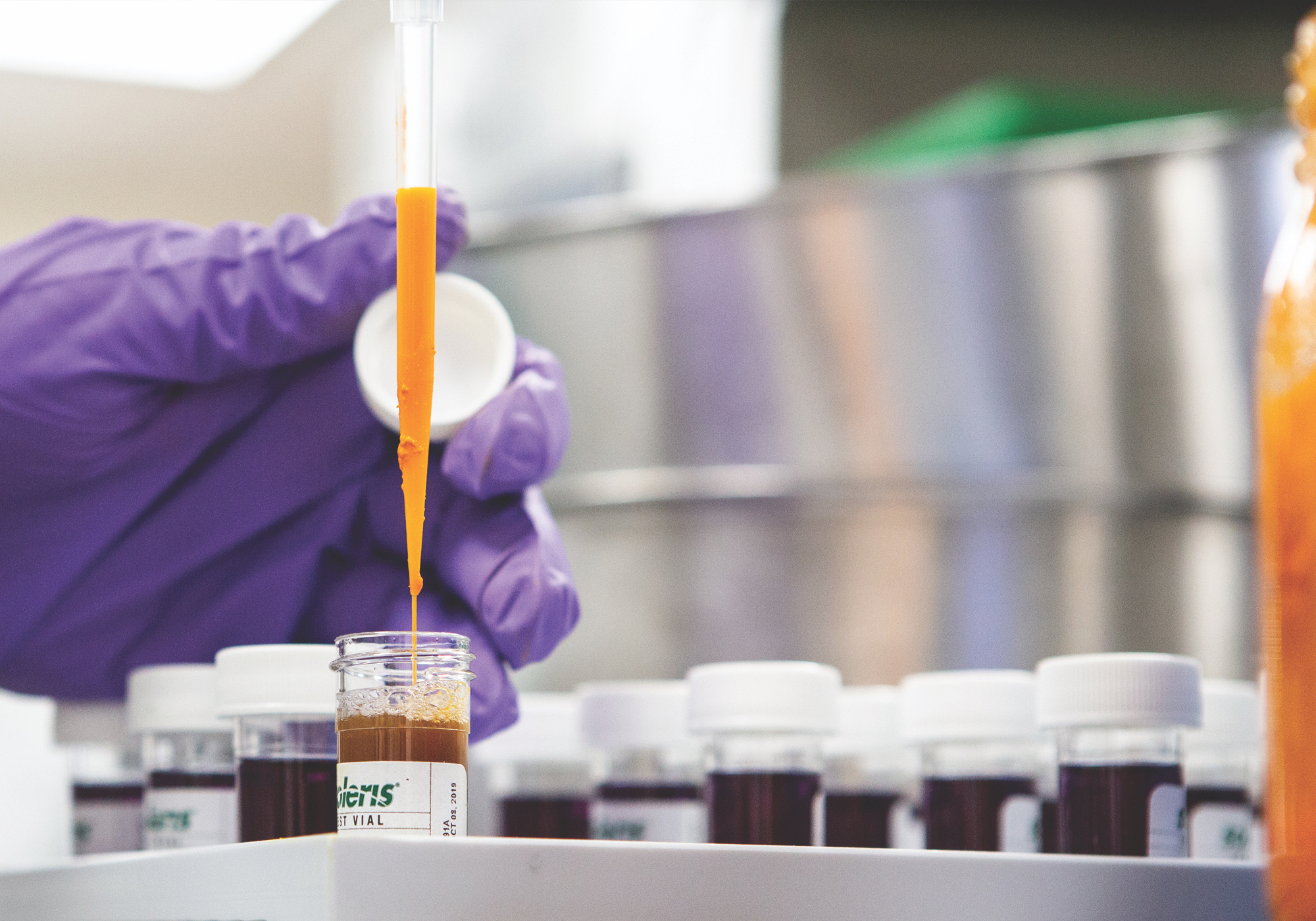Scientific name:Ganoderma lucidum
Constituents:
- Myco-Polysaccharides (beta D-glucans)
- Nucleotides (adenosine)
- Nutrients (Zn, Mg, Fe, Cu, Ca, oleic acid, proteins, choline)
- Coumarin
- Sterols (ganodosterone)
- Alkaloids
Medicinal actions:
- Adaptogen
- Anti-inflammatory
- Antioxidant
- Cardiotonic
- Cytotoxic (Anti-tumor)
- Expectorant
- Hepatoprotective
- Hypolipidemic
- Hypotensive
- Immune modulator & stimulant
- Nervine Tonic
Mechanism of Action & Pharmacology:
- Myco-Polysaccharides (b-D-glucans) are anti-tumor, immuno-stimulant, hypoglycemic and cardiotonic.These are water soluble constituents, and this may account for the traditional use of Reishi in teas and soups as an immune enhancing herb.
- Nucleotides (adenosine) inhibit platelet aggregation and thrombus formation, and are muscle relaxant and analgesic. These are not readily water soluble and hence have not been utilized clinically until more recent times.
- Triterpenes inhibit histamine release and cholesterol synthesis.
- Oleic acid is anti-allergic by inhibiting histamine release.
- Sterols act as hormone precursors and hepatoprotecters.
- Alkaloids are cardiotonic.
- Ganodosterone is anti-hepatotoxic.
Pharmacy:
- Decoction
- Tincture
- Powder
- As food
Safety & Toxicity Concerns:
- When commencing treatment may experience transient cleansing reactions such as pimples, sore muscles, dizziness, bowel disturbance and itchy skin. These pass within a few days as the toxins are eliminated from the body, and can be controlled by regulating the daily dose.
- Avoid in pregnancy & lactation due to unknown effects.
Interactions:
- Use caution with anti-coagulants (highly theoretical).







